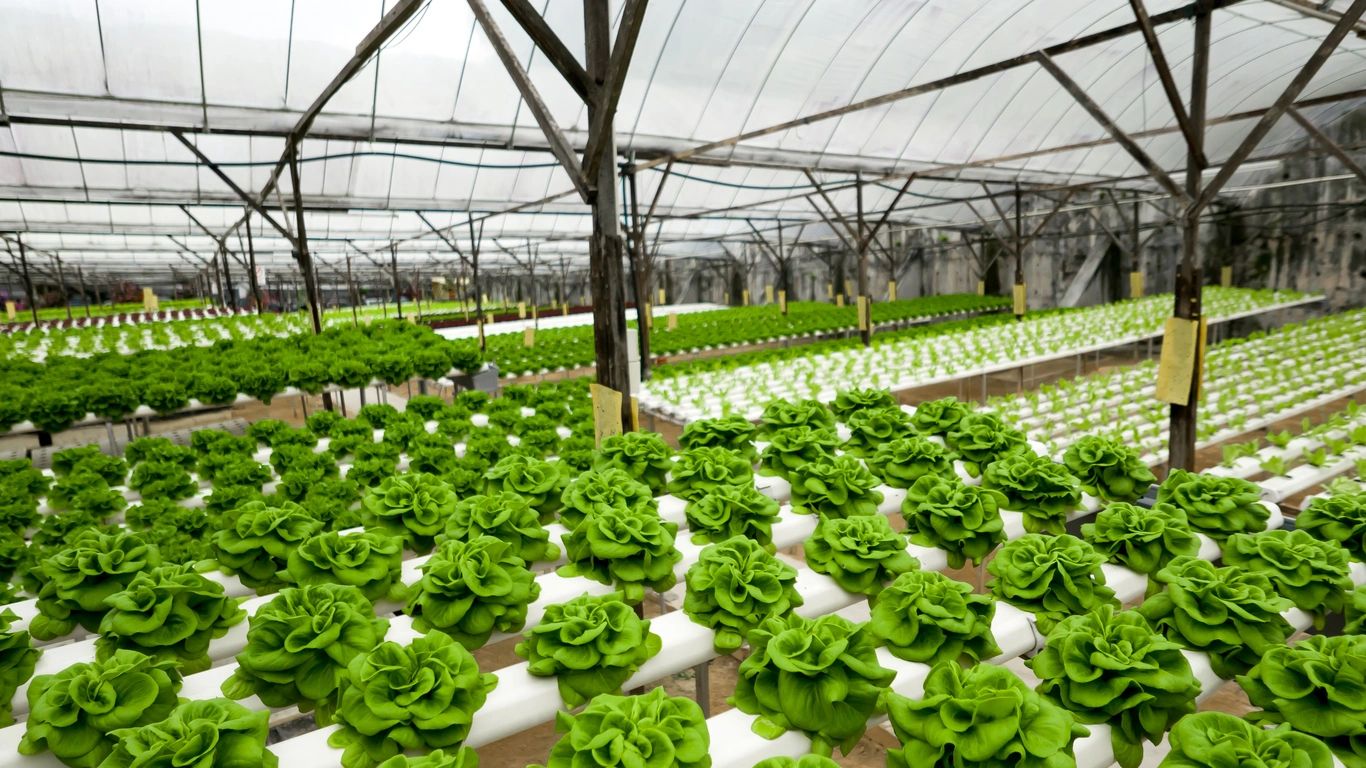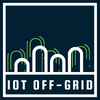Learning Outcomes:
- Understand the potential importance of physical metrics in Smart-Farming

IoT systems are poised to play a significant role in the future of smart farming. By connecting a range of sensors and devices to the internet, custom IoT solutions can help farmers to collect and analyze data on a variety of factors, such as weather conditions, soil moisture, nutrient levels, crop growth, and animal behavior. This data can then be used to optimize farming operations, reduce costs, and improve yields.
Smart farming is currently used to optimize resource management, increase yields, and reduce waste. This is achieved by using IoT sensors to collect and analyze data on soil moisture, temperature, nutrient levels, weather conditions, and other factors that affect crop growth and livestock health. Smart farming enables farmers to make data-driven decisions that improve their efficiency and productivity, while also reducing their environmental impact. However, there is still room for improvement in these areas and in more untapped areas such as data integration and standardization. To fully realize the potential of smart farming, there is a need for more direct collaboration between farmers, providers, and policymakers to ensure that data is shared and used effectively, to meet necessary environmental standards, and to ensure that smart farming solutions are accessible and affordable for all farmers.
